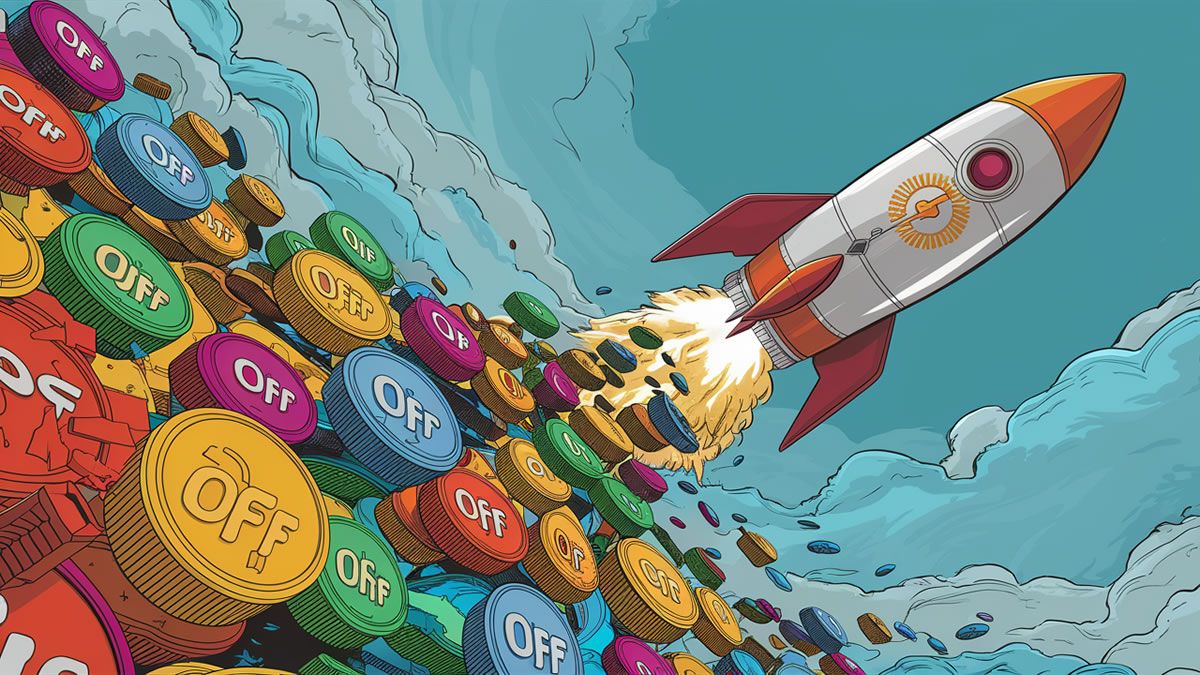How Crypto Bear Markets Function
CryptoPress
If you’re new to the world of cryptocurrency, bear markets can be a scary thing.
Bear markets are traditionally thought of as a time when an asset trades below its prior high by 20% or more, usually accompanied by a lot of pessimism about the near-term future. People often think of bear markets as being an indication that the asset is doomed to fail, but this isn’t always the case. In fact, it’s possible for assets to enter a bear market and then come out stronger than ever before.
Some bear markets examples
The dot-com crash: One of the most well-known bear markets is the dot-com crash that took place between 2000 and 2002. This was a period during which technology stocks lost more than half their value due to an over-saturation of internet companies and an overall lack of consumer interest in their products. The result was that many companies went bankrupt or had to restructure their businesses in order to survive.
The subprime crisis: Another important example is the financial crisis that began in 2008 and lasted until 2009. This bear market was caused by subprime mortgages—loans given to individuals with low credit scores who often couldn’t afford them—which led to a housing bubble bursting when people stopped making mortgage payments because they didn’t have enough money left over after paying off other loans (such as auto loans).
Crypto bear markets
But in crypto, a 20% drop could be just another day in crypto. It’s not truly a bear market in the cryptocurrency market until there are real consequences, such as:
- Funds or startups close
- Blockchains fall or tokens go to zero
- “Established” crypto companies start announcing layoffs
Many investors believe that bear markets are an opportunity to buy low and sell high; they use them to get better deals on assets they already own or buy more cheaply from sellers who may have lost faith in the future of those coins’ value.
So if you’re a long-term investor, this could be the perfect time to build your position in your favorite cryptocurrencies. Here’s what most experts recommend:
- Think long term
Remember that this is just a blip on the radar—a few years down the line, no one will remember what happened during these months of misery. So don’t panic. Instead, focus on buying quality cryptocurrencies and building your positions over time as prices drop. You’ll be glad you did when the market rebounds.
- Focus on quality
If you’ve been following cryptocurrency news lately, then you know that there are plenty of coins out there that are not worth investing in at all—they’re scams or just plain worthless due to their lack of utility or technology. Don’t waste money on those coins—instead, look for tokens with real-world use cases and strong teams behind them.
- Don’t try to catch the bottom
The crypto market moves like lightning—it’s hard enough trying to predict where prices will go next week (let alone next month or next year). There’s no way anyone can accurately predict what will happen next.
- Build positions over time
Building positions over time means that instead of buying all at once, you’ll buy incrementally over a period of time—for example, once a month—so that your total investment amount is spread out evenly.
The benefit of this strategy is that when the market goes up again, you won’t suddenly have a huge chunk of your money tied up in cryptocurrency (which could lead to more losses if the market drops again). Instead, you’ll have smaller amounts invested that will grow steadily over time as the coin value rises.
© 2024 Cryptopress. For informational purposes only, not offered as advice of any kind.
Related
- What is the metaverse? The crypto Metaverse is a decentralized network of multiple blockchains and digital assets....
- MicroStrategy Announces Second Quarter 2021 Financial Results July 29, 2021 04:01 PM Eastern Daylight Time TYSONS CORNER, Va.–(BUSINESS WIRE)–MicroStrategy® (Nasdaq: MSTR), the largest independent publicly-traded business intelligence company, today announced financial results for the three-month period ended June 30, 2021 (the second quarter of its 2021 fiscal year)....
- A Primer and the Possibilities of BitClout WORLDWIDE Jul 16 2021 (Blockchain Wire) Stories about BitClout have been making the rounds on new sites and have sparked lively conversations across social media. Before we dive into what BitClout is, it’s worth taking the time to understand another trending technology...
- How to earn Bitcoins The most important standard mode for obtaining Bitcoins is by purchasing it on an exchange. Some people prefer to keep them for a while expecting the currency to appreciate, while others prefer to make the most of selling them when...





